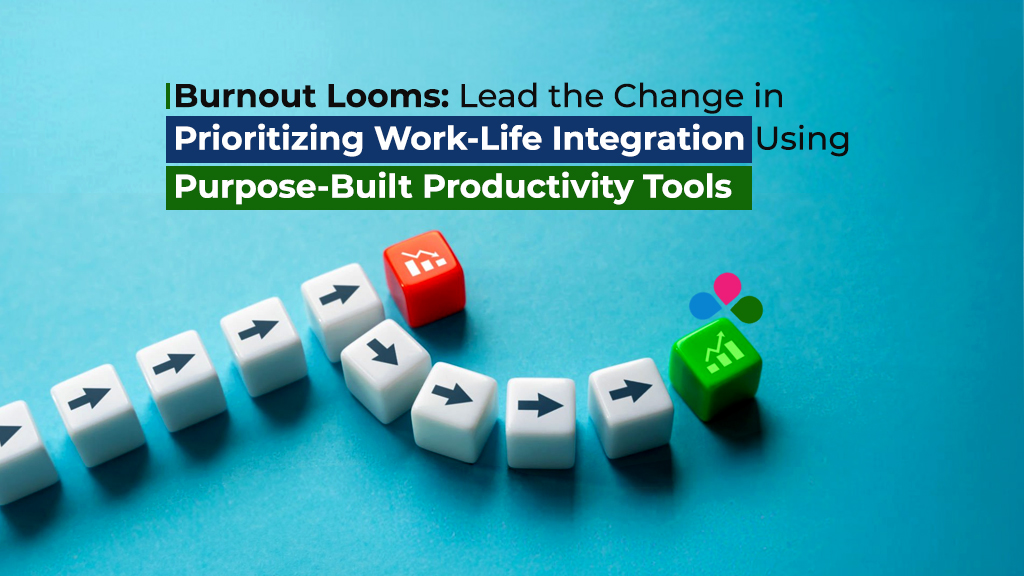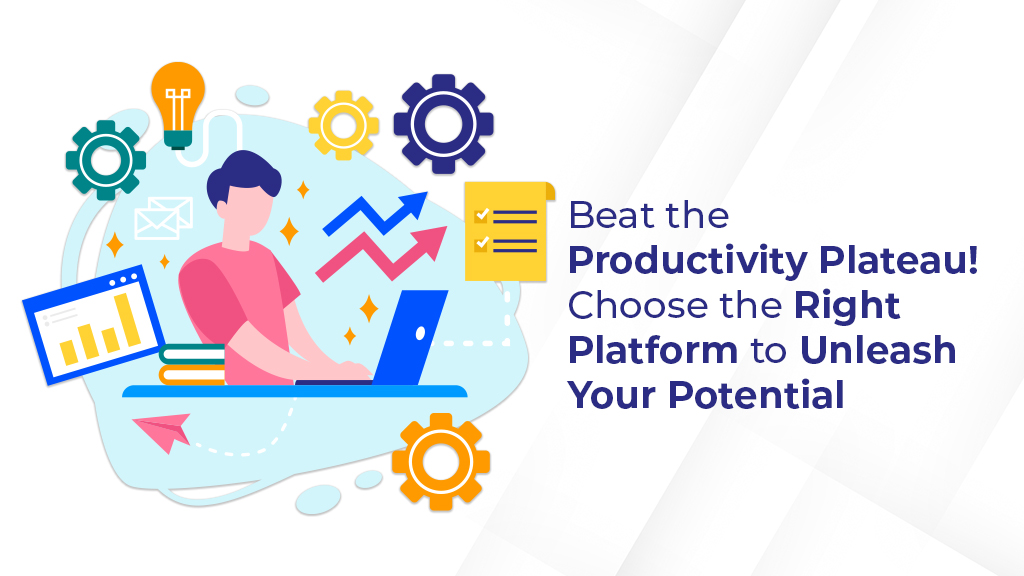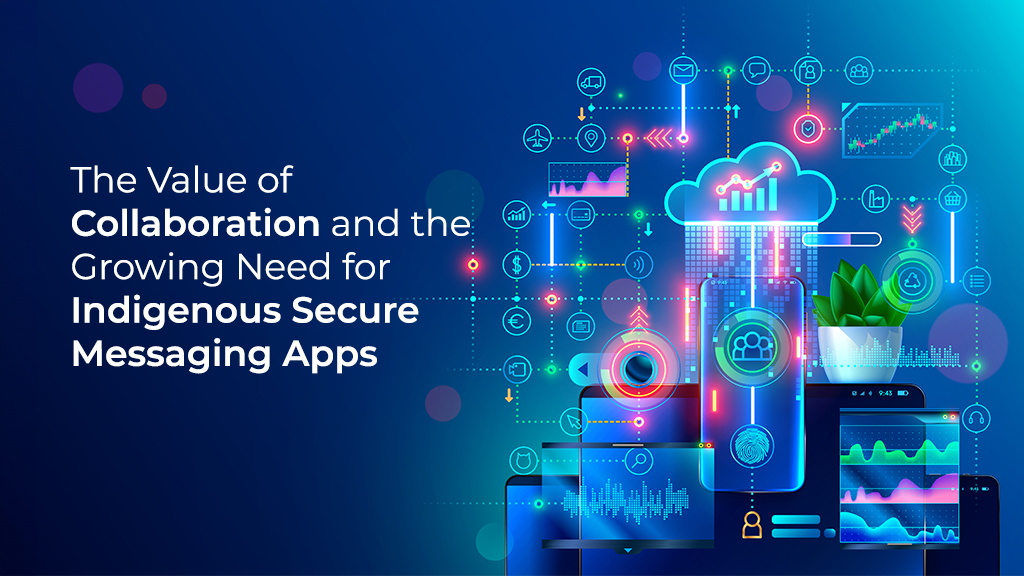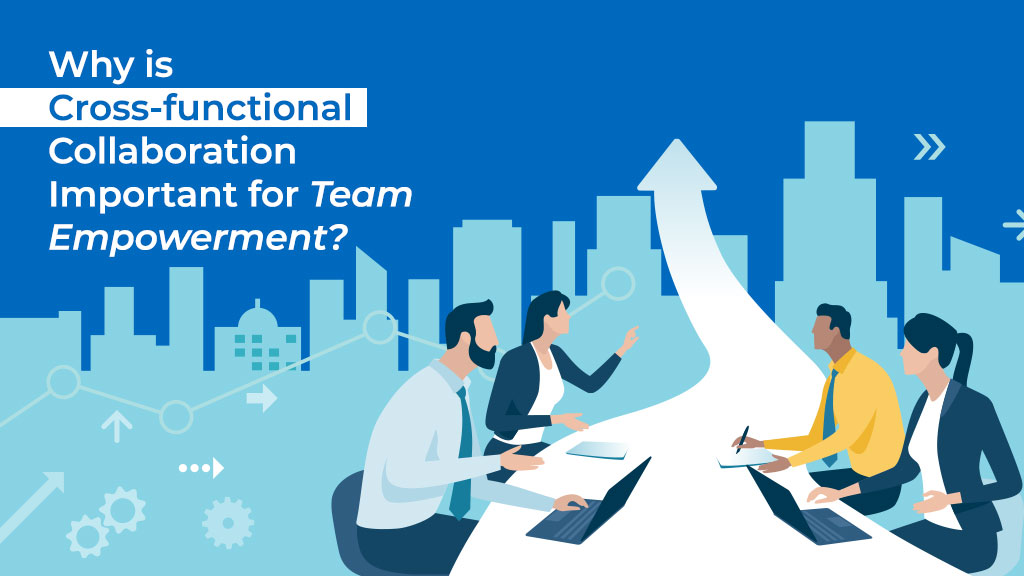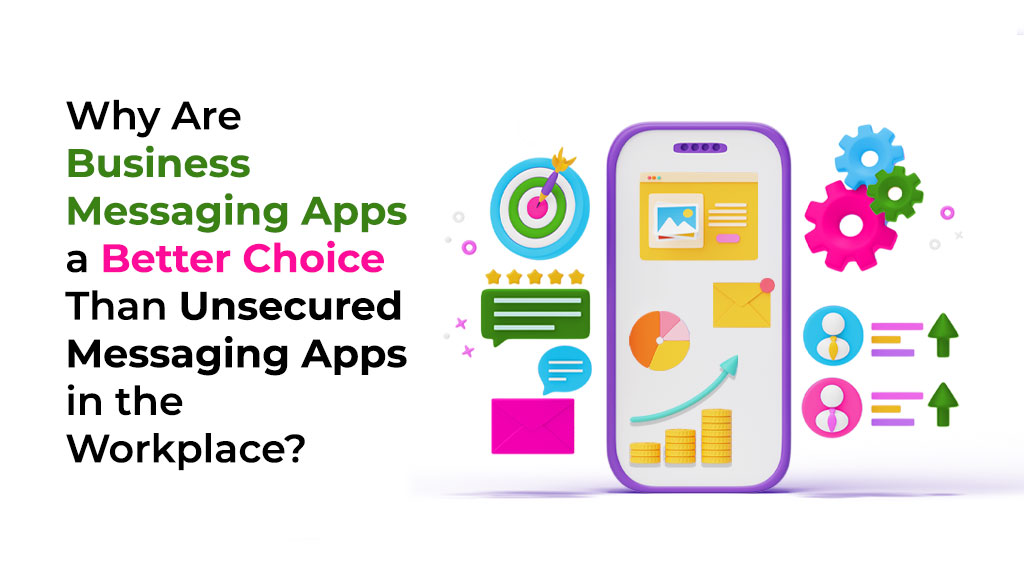As promised, I’m bringing you the next segment of my series that explores the emergence and significance of just-in-time messaging based productivity solution.
Discover the Team Collaboration Platform for your Business
In the modern world, the line between professional and personal life has become increasingly blurred. The convergence of remote work, relentless deadlines, and the constant pressure to stay connected has resulted in a surge of burnout cases among employees.
As an organizational leader, you need to acknowledge and address this growing concern – otherwise you risk productivity losses, absenteeism, loss of reputation, and eventually, a revenue downswing. Fortunately, there are purpose-built solutions that can help.
Your Employees Face an Unprecedented Mental Health Crisis
The COVID-19 pandemic has exacerbated existing mental health challenges within the workforce. Remote work, while offering flexibility, has also heightened feelings of isolation and disconnection.
The lack of separation between work and home life has led to an “always-on” mentality, where employees struggle to disconnect from their professional responsibilities even during off-hours. This constant state of availability has taken a toll on mental health, leading to increased stress, anxiety, and burnout.
Research shows that a staggering 8 out of every 10 employees are at risk of burnout this year. Yet, the survey found that less than half of employers design work with employee wellbeing in mind. By leading the change, you stand to gain a significant competitive advantage in 2024 and reap rich dividends from your investment in a healthy, productive workplace.
Read More: Balancing Individual and Team Goals in Enterprise Collaboration
Communication Failures Exacerbate Wellbeing Challenges
Effective communication lies at the heart of any successful organization. However, in the digital age, communication breakdowns have become all too common, exacerbating the challenges faced by employees in maintaining their well-being.
Misaligned expectations, unclear instructions, and information overload contribute to a sense of overwhelm and frustration among team members. Without clear communication channels and boundaries, employees find themselves struggling to prioritize tasks – resulting in increased stress and decreased productivity.
Leaders need to recognize the impact of communication failures on employee well-being and take proactive steps to address them. By leveraging purpose-built productivity tools, you can create a communication infrastructure that supports healthy work-life integration and fosters a culture of team collaboration and support.
How the Right Productivity Tool Helps Achieve Harmonious Work-Life Integration – and Not Dissonance
Choosing the right collaboration and productivity tool is paramount to achieving harmonious work-life integration for your employees. These are the key factors to look for:
1. Group collaboration places necessary guardrails on overworking
By centralizing project management, task assignments, and communication within a single platform, the collaboration platform enables teams to work together without the need for constant oversight. Features such as task prioritization, deadline tracking, and progress monitoring ensure that workloads are distributed evenly. It reduces the risk of burnout due to excessive workload – a challenge that 37% of employees face.
2. Real-time availability status helps set boundaries while boosting team productivity
In a remote or hybrid work environment, maintaining boundaries between work and personal life can be challenging. The right collaboration platform will address this challenge by incorporating features that allow employees to set their availability status in real-time.
By clearly indicating when they are “available” or “away” using gray and green circles, team members can establish boundaries and communicate their availability to colleagues, reducing the likelihood of interruptions during non-work hours.
This not only promotes work-life balance but also enhances team productivity by enabling just-in-time project participation while also allowing for focused work periods.
3. Instant messaging creates a climate of support and mentorship
Effective communication is essential for fostering a supportive work environment where employees feel valued and heard. Whether it’s seeking clarification on a task, providing feedback on a project, or offering words of encouragement, instant messaging enables employees to connect with colleagues quickly and easily.
This fosters a climate of support and mentorship within the organization, where employees feel empowered to seek help when needed and offer assistance to their peers in return.
Read More: The Value of Collaboration and the Growing Need for Indigenous Secure Messaging Apps
4. Streamlined communication reduces email overwhelm and meeting fatigue
Email overload and endless meetings are common sources of stress and burnout in today’s workplace. A good collaboration platform will address this by offering streamlined communication channels – which reduce the need for excessive email correspondence and unnecessary meetings. Here is a not-so-fun fact: Cisco found that 95% of employees struggle with meeting fatigue in 2024.
By centralizing communication within a single platform, employees can access important updates, share information, and collaborate on projects more efficiently.
You’re able to do this without being inundated with irrelevant messages or spending hours in unproductive meetings. This not only saves time and energy but also alleviates the mental burden associated with information overload, allowing employees to focus on meaningful work that drives results.
5. Dedicated channels for discussion promote trust, predictability, and reassurance
Whether it’s a project-specific channel, a departmental group, or a company-wide forum, these channels provide a platform for employees to share ideas, ask questions, and engage in meaningful discussions in a structured and organized manner. This promotes predictability and reassurance, as employees know where to turn for information and support. Ultimately, it fosters a sense of belonging and camaraderie within the team.
6. Social walls allow for self-expression and holistic growth of employees’ identities
In addition to facilitating work-related communication and collaboration, a cutting-edge collaboration system will often include features that support social interaction and community-building within the organization.
Social walls, for example, provide employees with a platform to share personal updates, celebrate achievements, and connect with colleagues on a more personal level. This not only creates a sense of community, but also allows employees to express themselves authentically and develop holistic relationships with their peers.
Since they nurture a supportive and inclusive work culture, social walls contribute to the overall well-being and job satisfaction of employees, reducing the risk of burnout and turnover.
7. Flexible scheduling minimizes workplace conflict and enables work-life balance
These solutions will offer features for flexible scheduling and remote work, enabling employees to achieve better work-life balance and minimize workplace conflict – for instance, when it comes to shifts and work hours.
Whether it’s flexible hours, remote work options, or the ability to customize work preferences, these tools empower employees to take control of their schedules and work in a way that best suits their individual mental health needs.
By providing employees with the autonomy and flexibility they need to manage their work and personal lives effectively, it can tackle burnout risk.
Read More: Why is Cross-functional Collaboration Important for Team Empowerment?
Discover Colab, the Collaboration Platform for a Healthier, More Productive Workforce
In 2024, prioritizing work-life integration and supporting employee well-being is table stakes. It is an essential employee demand – and the secret to lasting business outcomes.
By leveraging a sophisticated collaboration platform, leaders like you can create a communication infrastructure that fosters team work and collaboration, work-life balance, and overall employee well-being. From group collaboration and real-time messaging to streamlined communication and flexible scheduling, it will offer a wide range of features designed to alleviate burnout and promote a culture of productivity, innovation, and resilience.
Colab is India’s anti-burnout, productivity-centric collaboration solution designed for the challenges facing the new workforce. By leading the change in prioritizing work-life integration, you can empower your employees to thrive in today’s fast-paced work environment, driving sustained success for your organization in the years to come.
Upon my readers’ request, next I am going to dive into the topic of Shadow IT, armed with fresh and alarming data. We’ll explore how IT professionals can set up effective safeguards and defenses to combat its dangers. Stay tuned for practical tips and insights!
Email us support@nexaei.com for a personalized conversation. Follow me on LinkedIn to get notified and to stay ahead.

